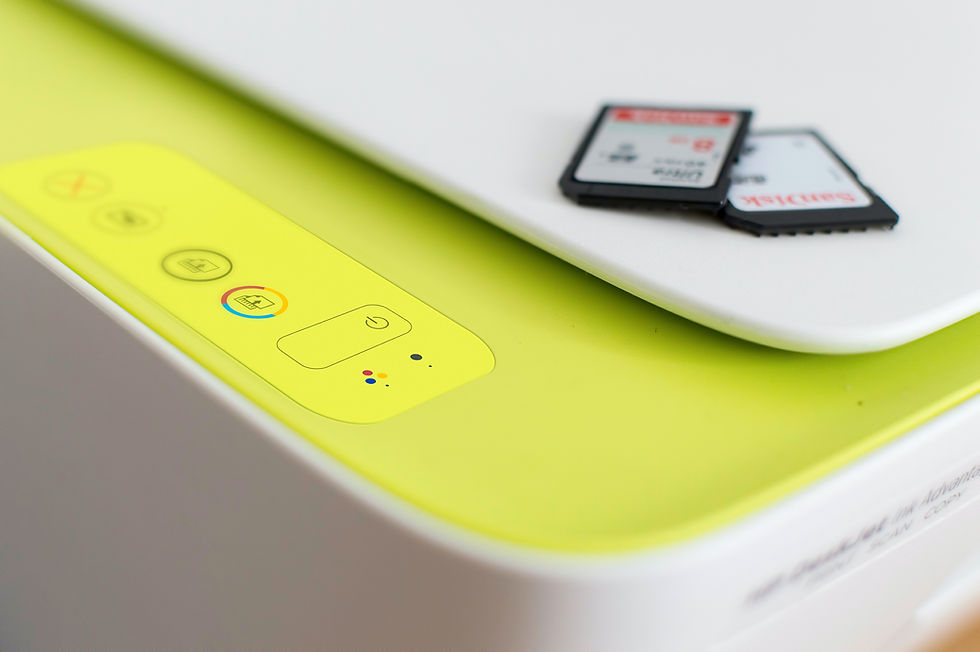Image by Mohamed Hassan from Pixabay In today's digital workplace, printing remains an essential...
Don't Overlook Printer Security: Safeguarding Your Home Network in 7 Simple Steps

Many people worry about their computer being hacked, but they often overlook the security of their wireless printer. Even though printers are used infrequently by most individuals, they can still be vulnerable to hacking and can provide a gateway for criminals to access a home network.
To demonstrate this vulnerability, Cybernews intentionally hacked nearly 28,000 unsecured printers around the world, successfully breaching 56% of them. Ironically, once they gained access, they made the printers print out a guide on printer security.
If you're concerned about the security of your network through your printer, here are some simple security tips to help protect your data on all devices:
-
Change the default login credentials: When you buy a new printer, it usually comes with default login information. Change this information immediately during setup and create a strong password to prevent hackers from using a master list of default credentials.
-
Keep printer firmware updated: Just like computers and software, printers need regular firmware updates to stay secure. Check for firmware updates in places like the PC manufacturer's utility app, the printer's information panel, or the printer manufacturer's app installed on a PC.
-
Use a network firewall: Set up a network firewall to monitor traffic and block suspicious activity. Configure the firewall to watch incoming and outgoing printer traffic.
-
Put your printer on a guest network: Most home routers allow you to set up a separate guest network. This keeps your printer on a different network from your main devices, making it harder for hackers to access your sensitive information. Make sure the configurations are correct to enable printing from other devices on the main network.
-
Disable unused ports or services: Printers often have multiple ways to connect. Disable any ports or sharing features that you don't need to minimize the risk of a breach.
-
Unplug your printer when not in use: If you don't use your printer frequently, consider unplugging it when it's not in use. This completely cuts off access to the device, preventing hackers from exploiting any vulnerabilities.
-
Teach your family cybersecurity best practices: In addition to securing your printer, it's essential to educate your family about good cyber habits. Encourage them to use strong passwords, keep software and firmware updated, enable device firewalls, and follow other standard best practices for cyber hygiene.
Remember, IT professionals can also help families ensure their data is secure and their devices are running smoothly. If you need assistance, don't hesitate to reach out and schedule a home security checkup.
Article adapted with permission from The Technology Press.



